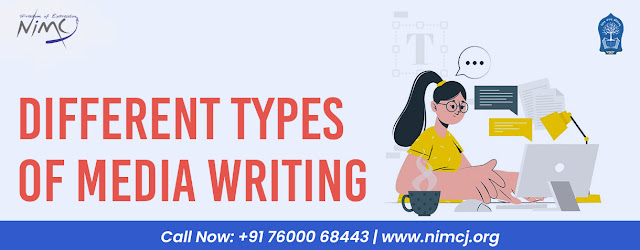In the world of journalism and mass communication, writing is a critical skill. Whether it’s for print, broadcast, or digital platforms, each type of media requires a unique style of writing. Understanding the various types of media writing can help students of journalism master the art of effective communication across different formats.
Let's explore the different types of media writing and discuss their importance in today’s fast-evolving media landscape. Whether you're an aspiring journalist or a mass communication student, this guide will give you insights into how to tailor your writing for various platforms.
1. News Writing
News writing is one of the most fundamental types of media writing. It focuses on delivering information about current events in a clear, concise, and objective manner. News writing in journalism adheres to the "5 Ws and 1 H" structure (Who, What, Where, When, Why, and How) to provide comprehensive coverage of an event or issue. This type of writing is factual and aims to inform the audience quickly.
Key Characteristics:
Objective and neutral tone
Short, to-the-point sentences
Inverted pyramid structure (important information first)
Examples: News articles, news reports, and online news updates.
2. Feature Writing
Feature writing allows journalists to explore a topic in more depth, often focusing on human interest stories or in-depth analyses of events. Unlike news writing, feature writing is more narrative, descriptive, and can include subjective elements. It often appeals to readers’ emotions and provides a broader context to the subject matter.
Key Characteristics:
Engaging storytelling
Creative structure
In-depth background information
Examples: Human interest stories, profiles, interviews, and long-form journalism.
Read More: Different Types of Media Writing

Comments
Post a Comment